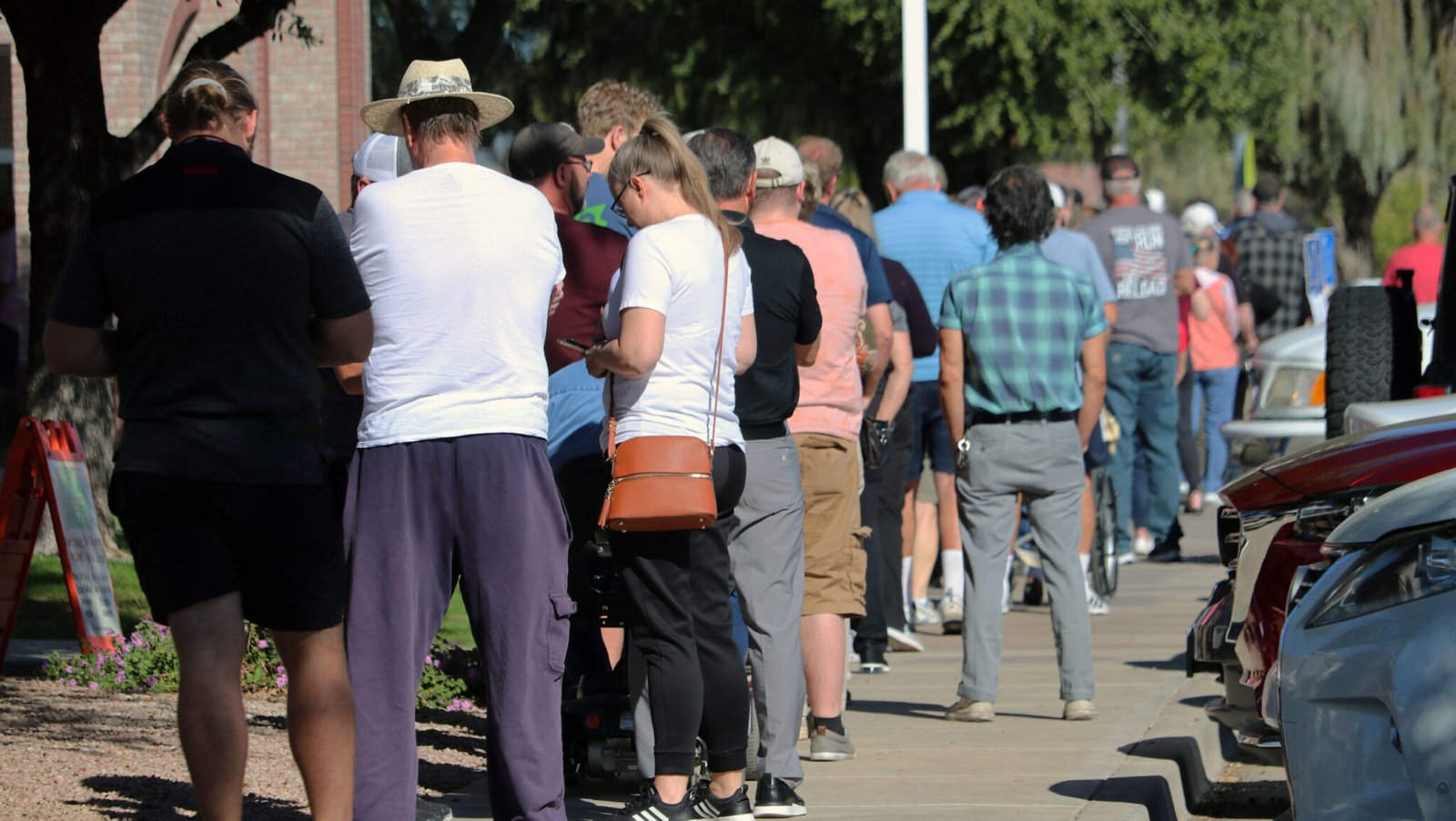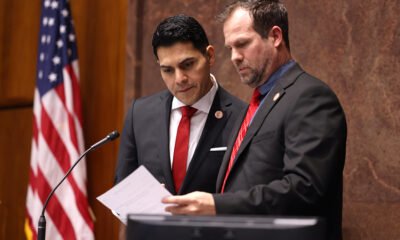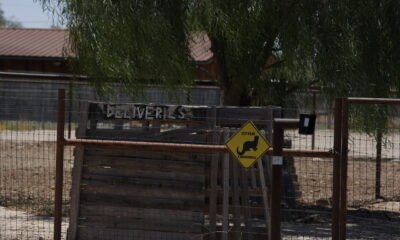Alexander Kolodin
Elections Committee Advances Plan to Limit Voter Access with Vote Center Ban and 1,000-Person Precinct Cap

On Election Day, voters across most Arizona counties enjoy the convenience of casting their ballots at any polling location. However, a faction of Republican lawmakers is advocating for a return to designated neighborhood polling stations, limiting access to no more than 1,000 voters per location. Their rationale asserts that this change will enhance convenience and rebuild trust in the electoral system.
This push seems to overlook Arizona’s historical struggles with precinct-based voting, which has often resulted in extended wait times and technical problems. Before the introduction of voting centers, many ballots went uncounted simply because voters arrived at the wrong location. These challenges led to a pivotal transition in Arizona’s voting paradigm.
On January 22, the House Federalism, Military Affairs and Elections Committee voted along party lines to advance House Bill 2017, along with House Concurrent Resolution 2002. The proposed legislation is likely to face a veto from Governor Katie Hobbs, a Democrat, while the resolution could bypass her approval and head directly to voters in 2026.
Rep. Rachel Keshel, R-Tucson, is behind this renewed attempt, previously proposed last year. She claimed the defeat of former Secretary of State Ken Bennett, who previously opposed similar measures, now allows her bill a clearer path. Bennett’s consistent alignment with election officials’ concerns about potential pitfalls in proposed changes set him apart as a key opponent.
During a recent meeting, Rep. Alexander Kolodin, R-Scottsdale, voiced his belief that the current vote center model disenfranchises voters in his district, a claim contradicted by many election officials. Kolodin chairs the newly formed Ad Hoc Committee on Election Integrity and Florida-style Voting Systems.
A majority of Arizona counties, including populous Pima and Maricopa, have adopted the vote center model. In contrast, only a handful, such as Apache, Pinal, and Mohave, continue to rely solely on precinct-based voting. The transition began for Maricopa County in 2018 and was fully implemented by 2020.
Kolodin pointed to issues at vote centers that surfaced in the aftermath of the 2022 elections, including delays caused by equipment failures. He argued that each worker’s time is precious, especially for those juggling day jobs, and that long lines greatly hinder accessibility.
Voting logistics differ between precincts and vote centers. In precincts, officials pre-print ballots based on expected turnout, while vote centers require on-demand printing due to varying ballots needed for different districts within a county.
Historically speaking, the transition to vote centers has only increased the state’s ability to process ballots effectively. The 2004 presidential election serves as a cautionary tale—with one voter waiting over five hours due to limited staffing at polling places. More recent elections have echoed similar frustrations, amplifying calls for reform.
Keshel’s bill would necessitate Maricopa County to find approximately 2,600 precincts, a daunting task given the current logistical challenges. Critics point out that even if the state mandated this change, counties would struggle to secure enough staffing and polling locations, hindering voter access.
Some lawmakers proposed alternative venues for polling, suggesting county facilities might suffice but failing to address the practical limitations of such options. Additionally, the discourse surrounding the adequacy of designated precincts fails to account for the current infrastructure issues faced by counties across Arizona.
Many lobbyists and stakeholders express concern that the drive toward more limited polling could adversely affect rural voters, emphasizing the need for flexibility in voting access. Ultimately, this legislative proposal incites debates about the best pathways to ensure that every Arizonan can exercise their right to vote efficiently and conveniently.








![Mayor Nancy Smith speaks to a crowd during a lunch-and-learn event at the Maricopa Community Center. June 19, 2025. [Monica D. Spencer]](https://arizonanews.org/wp-content/uploads/2025/06/Mayor-Hints-at-Positive-Developments-Before-Tomorrows-ADOT-Vote-400x240.jpg)
![Mayor Nancy Smith speaks to a crowd during a lunch-and-learn event at the Maricopa Community Center. June 19, 2025. [Monica D. Spencer]](https://arizonanews.org/wp-content/uploads/2025/06/Mayor-Hints-at-Positive-Developments-Before-Tomorrows-ADOT-Vote-80x80.jpg)








